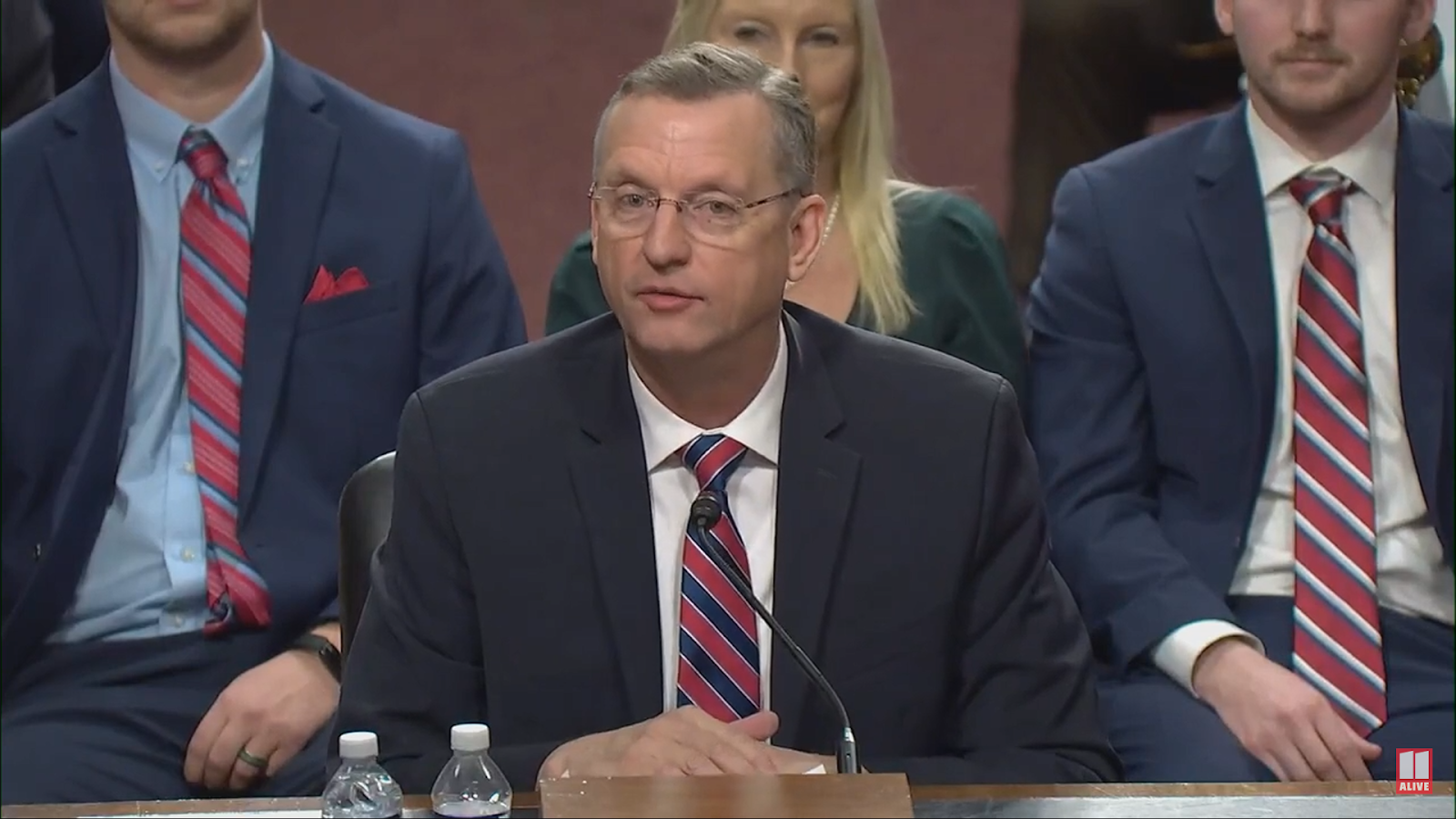NASA Satellite Off To The Moon After Breaking Free From Earth’s Orbit
Just days after its launch, a satellite roughly the size of a microwave oven has broken away from its orbit around Earth and is now headed directly toward the moon.
But don’t worry, it’s all part of the plan. The satellite — dubbed CAPSTONE (Cislunar Autonomous Positioning System Technology Operations and Navigation Experiment) — was launched a week ago from New Zealand’s Mahia Peninsula by Rocket Lab. The satellite was set to orbit Earth for a while, then break away and use next to no internal energy as it makes it ways to the moon over the next four months.
“It’s probably going to take a while to sink in,” Rocket Lab founder Peter Beck told The Associated Press. “It’s been a project that has taken us two, two-and-a-half years and is just incredibly, incredibly difficult to execute. So to see it all come together tonight and see that spacecraft on its way to the moon, it’s just absolutely epic.”
The project cost $33 million, which, in the world of space exploration, is pocket change. “For some tens of millions of dollars, there is now a rocket and a spacecraft that can take you to the moon, to asteroids, to Venus, to Mars,” Beck said. “It’s an insane capability that’s never existed before.”
“Now, CAPSTONE will use its own propulsion and the Sun’s gravity to navigate the rest of the way to the Moon, a four-month journey that will have CAPSTONE inserting into its near rectilinear halo orbit (NRHO) around the Moon on Nov. 13,” NASA said in a press release. “The gravity-driven track will dramatically reduce the amount of fuel the CubeSat needs to get to its target orbit around the Moon.”
The satellite is set to orbit the moon and send back data once it arrives there. The small effort is part of a bigger project as NASA “plans to put a space station called Gateway into the orbital path, from which astronauts can descend to the moon’s surface as part of its Artemis program,” the AP reported.
“The Electron rocket that launched June 28 from New Zealand was carrying a second spacecraft called Photon, which separated after nine minutes. The satellite was carried for six days in Photon, with the spacecraft’s engines firing periodically to raise its orbit farther and farther from Earth,” the wire service reported.
The experimental craft is part of move to create spacecraft that use little fuel. “There’s a number of really cool missions that we can actually do with it,” Beck said.
Joseph Curl has covered politics for 35 years, including 12 years as White House correspondent for a national newspaper. He was also the a.m. editor of the Drudge Report for four years. Send tips to [email protected] and follow him on Twitter @josephcurl.
" Conservative News Daily does not always share or support the views and opinions expressed here; they are just those of the writer."





Now loading...